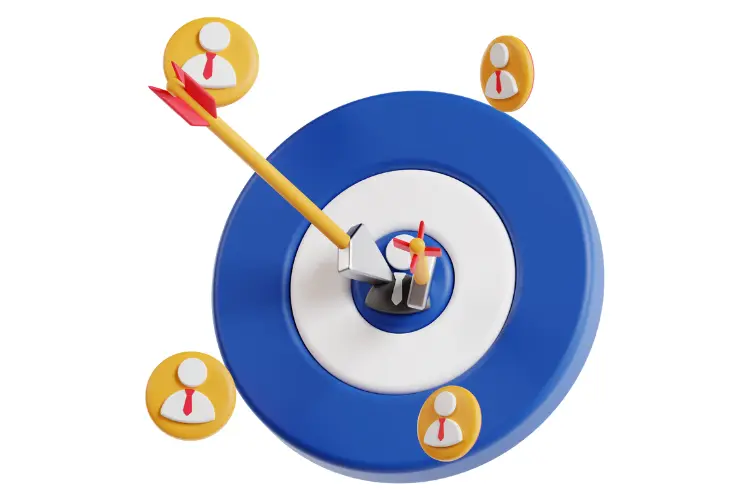In the dynamic realm of marketing, the concept of the target audience persona has become an indispensable tool for crafting compelling strategies that resonate with consumers. A target audience persona is a detailed representation of the ideal customer, offering a deep insight into their characteristics, preferences, and behaviors. By creating a vivid persona, businesses can tailor their messaging, products, and services to precisely meet the needs and expectations of their core audience.
The Anatomy of a Target Audience Persona
1. Demographics:
– Age
– Gender
– Location
– Occupation
2. Psychographics:
– Interests
– Hobbies
– Values
– Lifestyle
3. Behavior:
– Purchasing habits
– Online behavior
– Brand interactions
4. Pain Points:
– Challenges and problems
– Frustrations and concerns
– Needs and desires
5. Goals:
– Aspirations and ambitions
– Objectives and achievements
– Personal and professional goals
By delving into these aspects, businesses can create a target audience persona that serves as a guiding compass for all their marketing endeavors. However, it’s essential to differentiate between a target audience persona and a buyer persona, as they each play distinct roles in the strategic landscape.
Distinguishing Target Audience Persona from Buyer Persona:
1.Scope of Representation:
– Target Audience Persona:** Encompasses a broader view of the overall audience, identifying the general characteristics and preferences shared by a larger group.
– Buyer Persona:** Zooms in on a more specific subset within the target audience, focusing on those individuals who are most likely to make a purchase.
2.Depth of Detail:**
– Target Audience Persona:** Provides a surface-level understanding, offering general insights into the audience as a whole.
– Buyer Persona:** Dives deep into the individual characteristics, motivations, and challenges of potential buyers, enabling a more personalized approach.
3. Actionable Insights:**
– Target Audience Persona: Guides overarching marketing strategies and communication, shaping the brand’s identity and message.
– Buyer Persona: Informs more tactical decisions, such as product development, content creation, and specific messaging aimed at converting leads into customers.
4.Timing in the Customer Journey:
– Target Audience Persona:Relevant at the awareness and consideration stages, helping to cast a wide net and generate interest.
– Buyer Persona: Comes into play during the consideration and decision stages, honing in on the factors that influence a purchase decision.
In essence, while the target audience persona sets the stage for comprehensive marketing strategies, the buyer persona refines and directs efforts towards converting potential customers into actual buyers. Both are indispensable elements in the marketer’s toolkit, working hand-in-hand to ensure that businesses not only attract attention but also convert interest into tangible results. By understanding these distinctions, marketers can navigate the intricate landscape of consumer engagement with precision and purpose.




